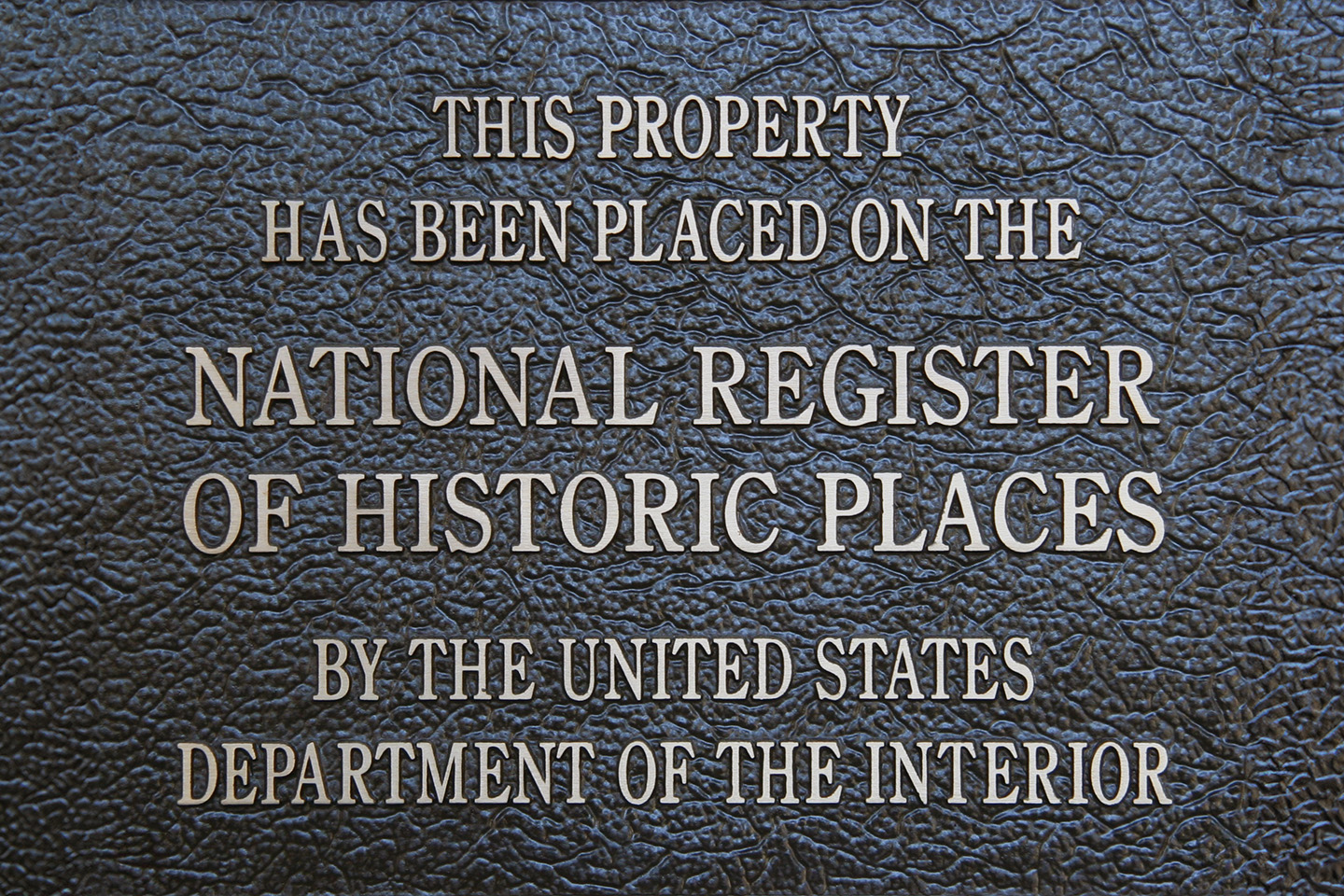Arlington Now Has First Listing in National Register
Fort Worth Star Telegram, April 18, 1979

By Bill Walker
Star-Telegram Mid-Cities Bureau
ARLINGTON - This city now has its first listing in the National Register of Historic Places, but historians disagree on just what happened at the site.
Marrow Bone Spring is the spot, marked only by an outcropping of rocks in the bed of Village Creek as it winds through the north end of Vandergriff Park. A state historical marker was placed during Bicentennial festivities, but it recently was taken down after members of the Tarrant County Historical Commission questioned its authenticity.
A revised marker has been ordered, but its planting will be minus the hoopla given the original one in 1976.
"We'll probably just put it up quietly. We don't want to embarrass anyone," said Jeanne Jordan of Pantego, one of three commission members footing the bill for the new sign.
They said they don't want to embarrass Arista Joyner, who researched Marrow Bone Spring's history as heritage chairman of the Arlington Bicentennial Committee. The state commission accepted her claim that a peace treaty between several Indian tribes and the Republic of Texas was signed at the spring Sept. 29, 1845.
Mts. Joyner is not embarrassed. She maintains her version is correct, that Edward H. Tarrant and George W. Terrell, representatives of Texas President Sam Houston, signed the treaty at the spring, near the future home of Col. Middleton Tate Johnson, founder of Arlington.
That information was included on the state marker, but when Mrs. Jordan learned of it. she said, she was shocked.
The treaty actually was signed at Bird's Fort, north of the city on the Trinity River, she said. A state marker noting the event has been at the site since 1936.
No one could explain why the state commission would sanction two markers commemorating the same event. But Mrs. Jordan said what is important is correcting the Marrow Bone Spring Marker.
"Mrs. Joyner, in her zeal to erect the marker at Marrow Bone Spring, has chosen to ignore the historical documents which describe the correct site." she wrote in a letter to the state commission.
Mrs. Jordan said Mrs. Joyner's prime source was an 1845 letter in which mention is made of the spring as "two or three miles from the Trinity River, the same blace where a council was held with Indians some two or three years ago."
"The spring is at least twice that distance from the river, Mrs. Jordan said. She said the letter says a council was held, not a peace treaty signed. She cited the treaty itself and two letters written a month later as proof the document was signed at Bird's Fort.
Mrs. Joyner, in her book "Arlington, Texas: Birthplace of the Metroplex," claims the treaty names Bird's Fort because the meeting with the Indians originally was set there. She said the fort was a "pilot point," meaning any event in the area would be referred as occurring near or at Bird's Fort.
She has two other sources to back up the letter, and noted that early Arlington residents said they always were told the treaty was signed at the spring.
The dispute has been civil and quiet. "We appreciate the work Mrs. Joyner put in, but we really feel the evidence is against her," said Mrs. Jordan.
"This shows that history is a living thing," said Mrs. Joyner, a bit stung that she was not notified when the first marker was removed. "Stories change and additions are made all the time."
Mrs. Joyner said she hoped the disagreement would not detract from the site's significance in the public's eyes.
Apparently it has not. While the dispute over the treaty signing was brewing, work continued that led to the site's inclusion in the National Register—and for historic significance far older than 1843.
While looking for traces of a grist mill and stage coach station at the site, Southern Methodist University archaeologist William Westbury found signs of Indian dwellings from prehistoric times.
If one looks closely, depressions in the rocks can be seen, which Westbury said the Indians hollowed out to store food in.
Marrow Bone Spring appears to be the best archaeological site in the region for revealing a long period of occupation, from prehistoric times to the mid-19th century," said a news release from the National Register.
The register listing protects the site from destruction for construction projects. Construction is unlikely, though, since the city of Arlington dedicated the land as a park.
Marrow Bone Spring now is one of 600 Texas sites recognized for its contribution to the history of the American people—whatever that contribution actually may be.

